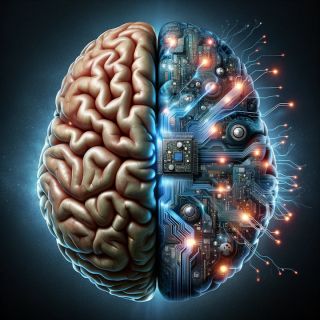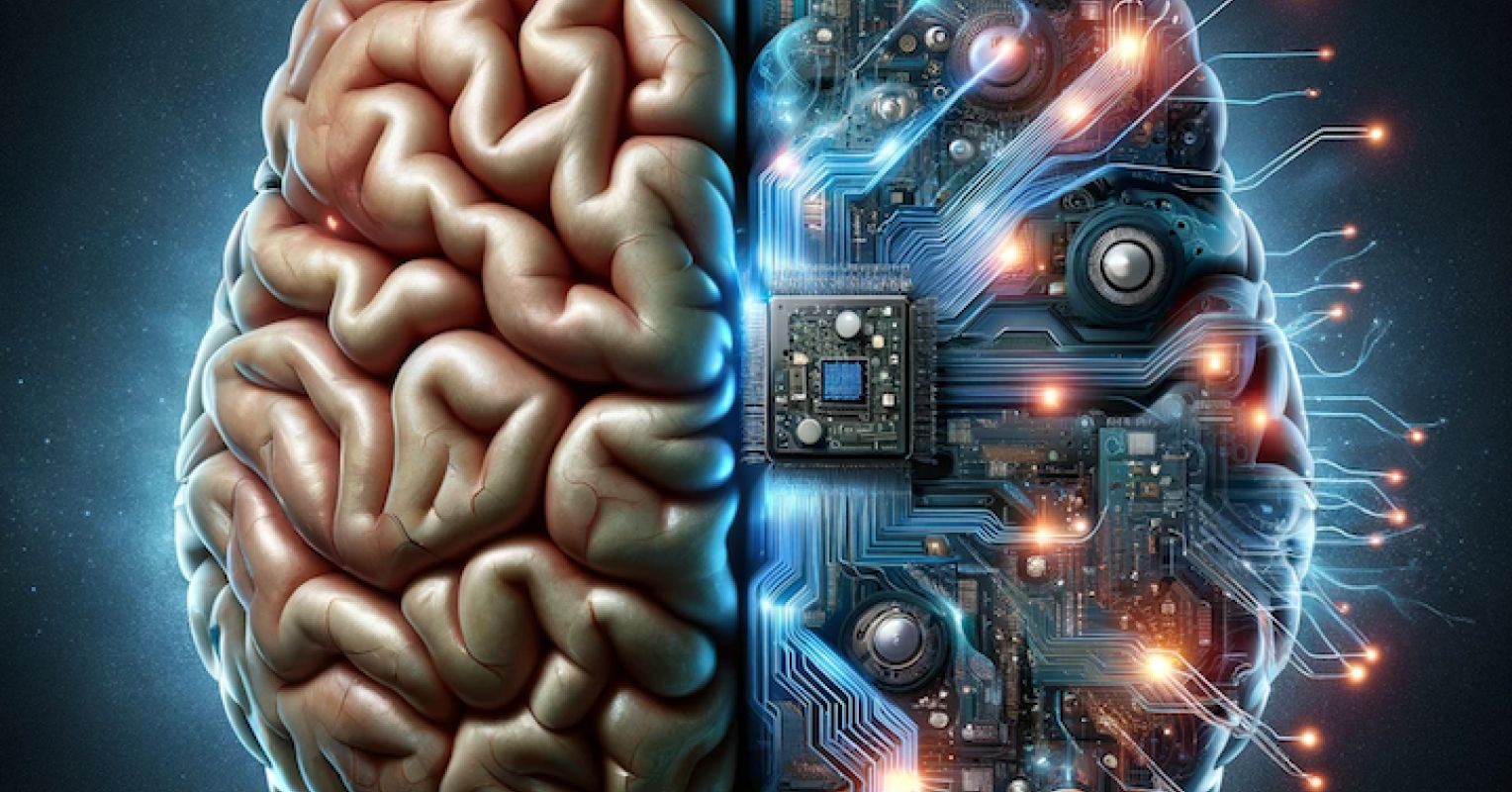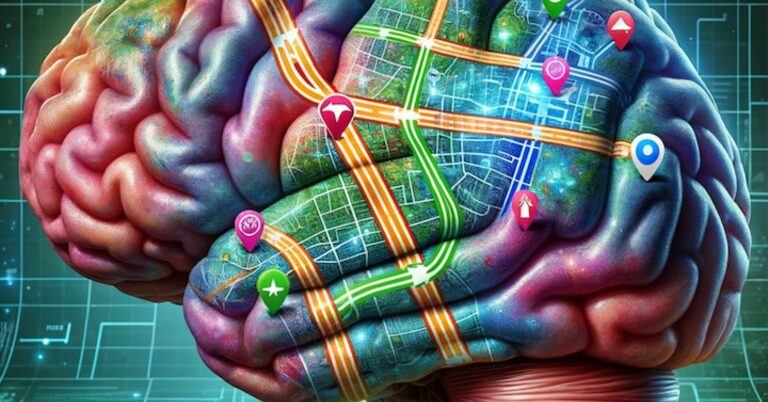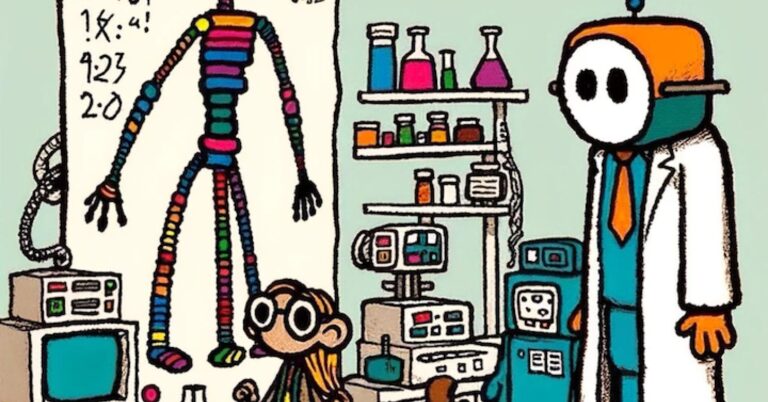
Source: DALL-E/OpenAI
A recent publication in Nature Machine Intelligence really got me thinking. In this study, researchers created an artificial system that not only simulates but also behaves like our brain. This evolving reality of neural networks, a realm in which artificial intelligence (AI) meets human cognition, stands at the forefront of AI and humanity. It’s worth a closer look.
AI’s Evolution: Mimicking the Brain
Imagine a playground, but instead of swings and slides, it’s filled with artificial neurons and connections. This is the world of recurrent neural networks, where each “neuron” can send, receive, and process signals, much like cells in our brains. The researchers didn’t just create a random network; they imposed physical constraints on it, akin to the limitations our brains face, like spatial boundaries and energy conservation.
As the network began to learn and adapt, something remarkable happened. It started developing features strikingly similar to those in the human brain. Think of it as a child learning to solve puzzles; the network was finding efficient ways to process information and make decisions, constrained by its “physical” limitations. This evolution mirrors how our brains have adapted to be both efficient and effective within the confines of our skulls.
The network’s evolution wasn’t random. It formed modular structures and efficient pathways, akin to the small-world networks seen in the brain. This means that within its digital landscape, it created specialized areas or modules for different tasks, all interconnected in a way that balances the shortest path between any two points with minimal energy use.
One of the most intriguing findings was the network’s adoption of an energy-efficient coding strategy. Just as our brains use energy judiciously, the network learned to minimize its “energy” use while still performing tasks effectively. This is like learning to solve complex problems using the least amount of mental effort possible—a trait humans have honed over millennia.
This study isn’t just about making AI smarter; it’s a window into understanding our brain’s functioning. By creating systems that mimic the brain, we can glean insights into how our minds work, potentially leading to advancements in neuroscience and AI. It’s a two-way street where each field informs and enriches the other.
The Future of AI and Neuroscience
Stepping aside from the complexity of the science, one thing is clear: The line between artificial and natural intelligence is blurring. This research opens doors to new possibilities, from developing more advanced AI systems to unlocking mysteries of the human brain.
We’ve always looked at AI as a tool, but what if it becomes more than that? What if it becomes a mirror, reflecting our own cerebral complexity and capabilities? This study takes us one step closer to that reality, where AI doesn’t just imitate life; it begins to understand it, in a way that’s eerily reminiscent of our own cognitive journey.




















+ There are no comments
Add yours